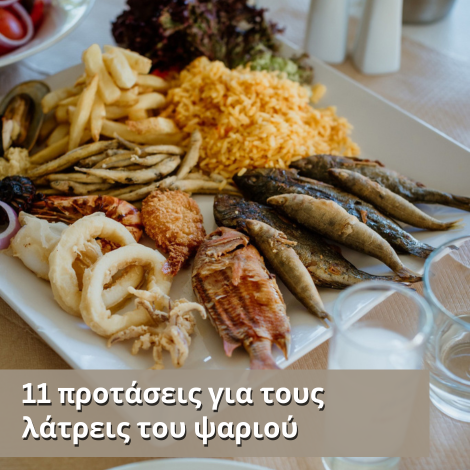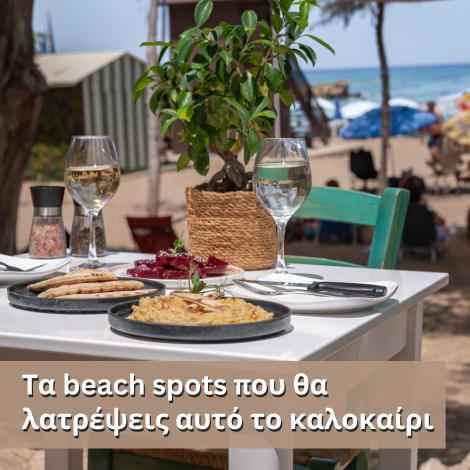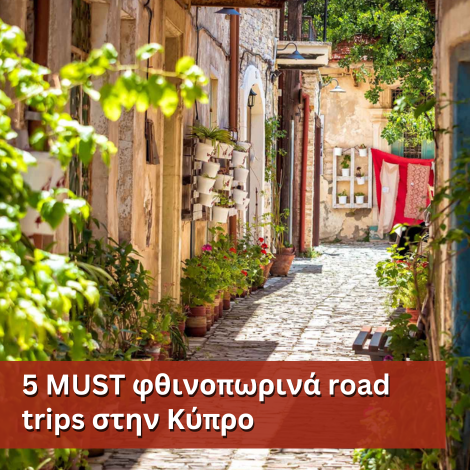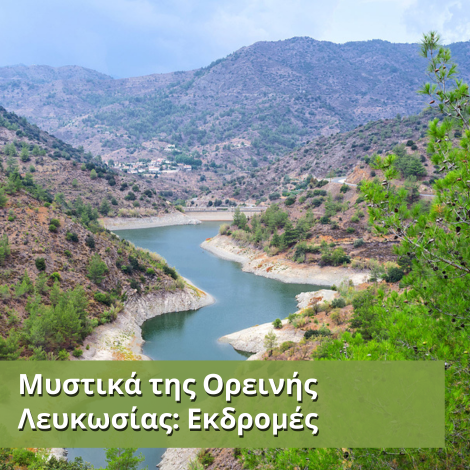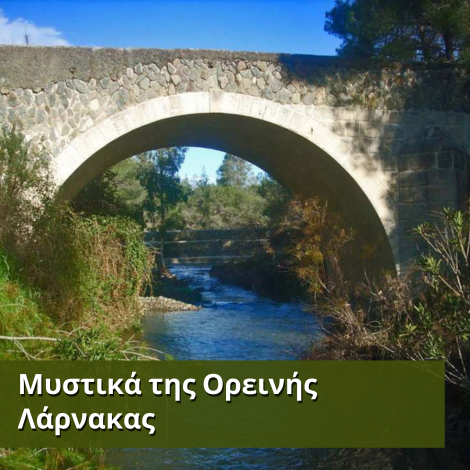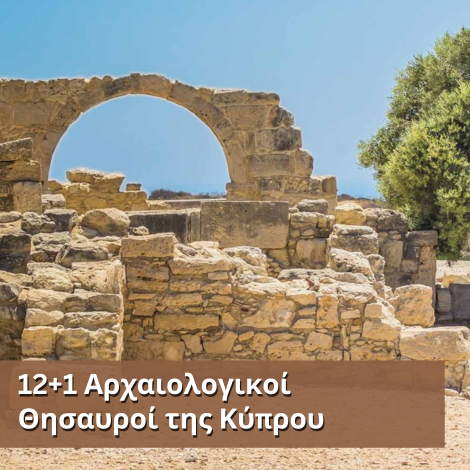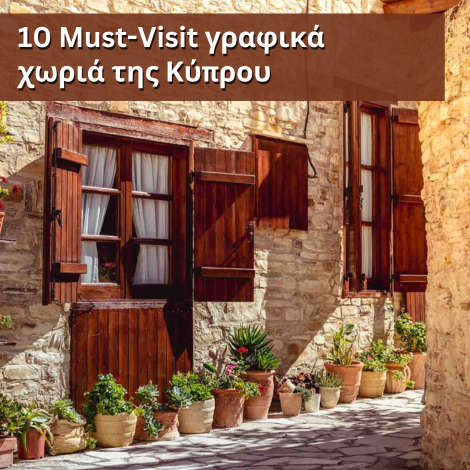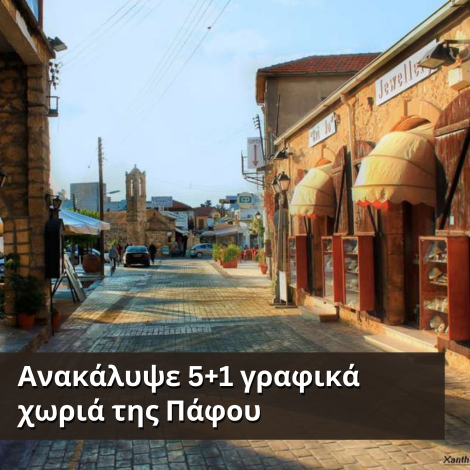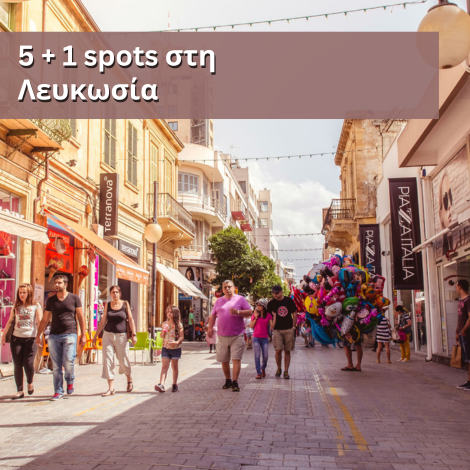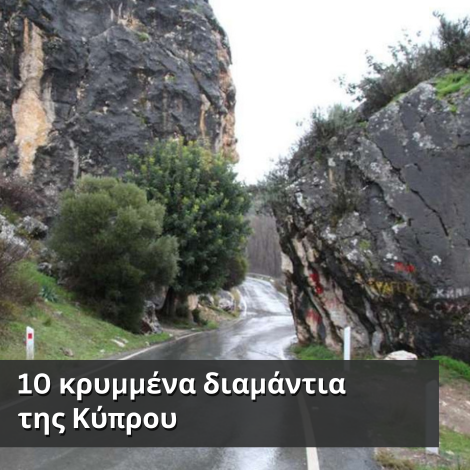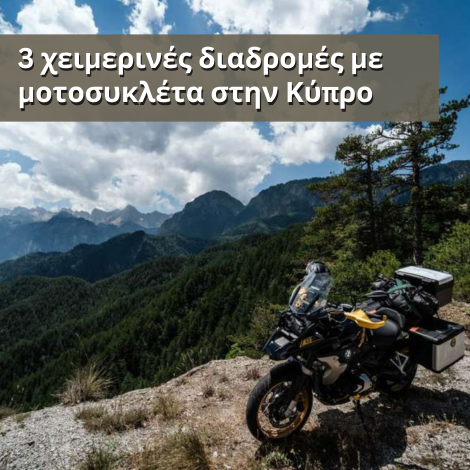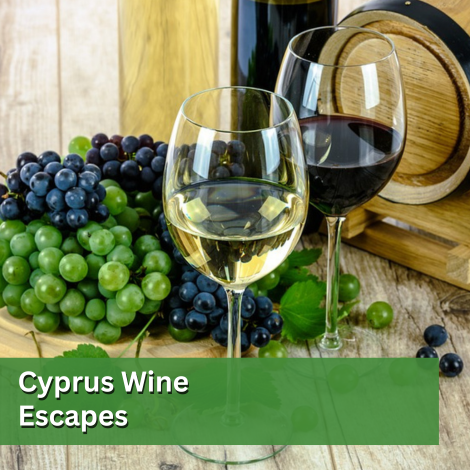Αγρίδια
Ένα όμορφο χωριό γεμάτο κληματαριές και πολύχρωμες γλάστρες
Τα Αγρίδια είναι ένα μικρό γραφικό χωριό της Πιτσιλιάς στην επαρχία Λεμεσού και είναι κτισμένο σε μια πλαγιά ντυμένη της Πιτσιλιάς με τα ομορφότερα χρώματα της φύσης.
Αξίζει να σημειωθεί ότι το χωριό Αγρίδια αποτελεί το ένατο ψηλότερο χωριό της Κύπρου, και το ύψος του ανέρχεται στα 1100 μέτρα από την επιφάνεια της θάλασσας.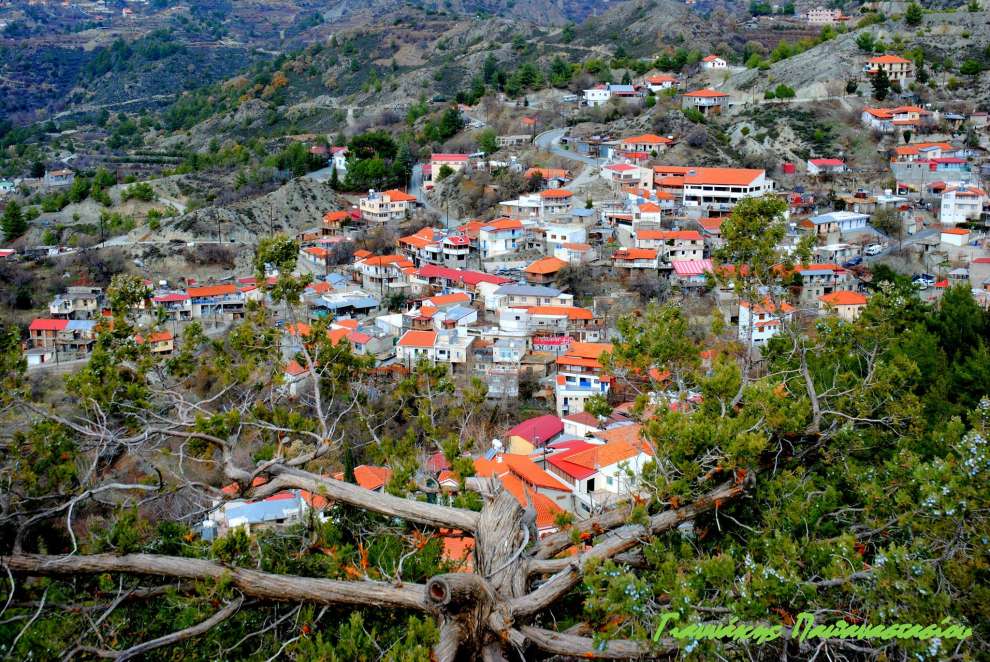 Φωτογραφία: Giannakis Papanastasiou
Φωτογραφία: Giannakis Papanastasiou
Πρόκειται για ένα όμορφο χωριό με ελικοειδή στενά δρομάκια, παλιά παραδοσιακά σπίτια που στις αυλές τους έχουν κληματαριές και πολύχρωμες γλάστρες. Μια από τις ομορφότερες, εικόνες που θα αντικρίσει ο επισκέπτης των Αγριδιών είναι τα γαϊδουράκια που «βοηθούν» τους αγρότες στις γεωργικές εργασίες τους.
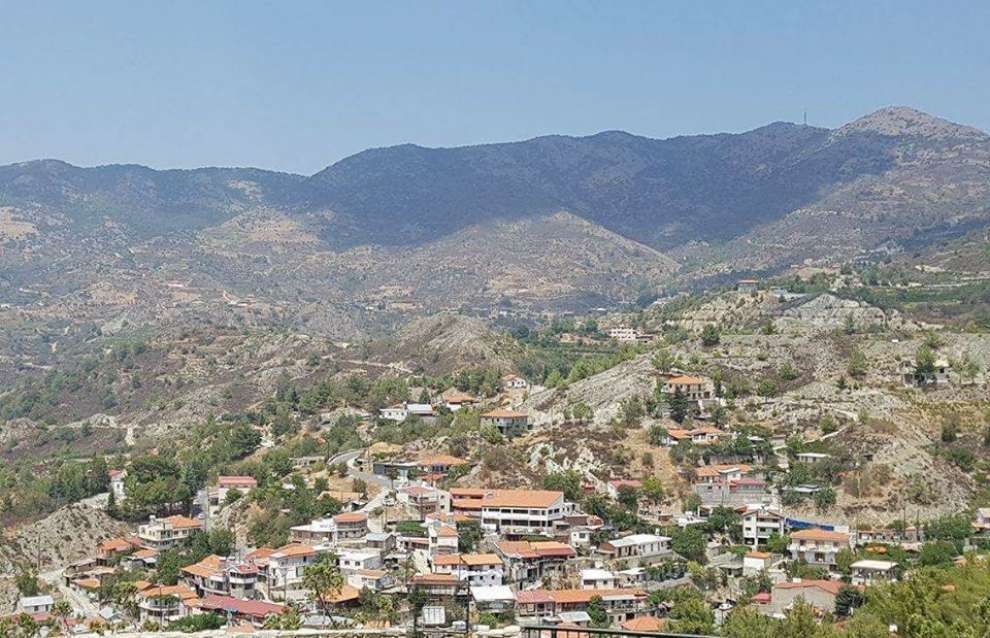 Φωτογραφία: Παναγιώτα Κωνσταντίνου
Φωτογραφία: Παναγιώτα Κωνσταντίνου
Η ονομασία του Χωριού:
Σύμφωνα με τη Μεγάλη Κυπριακή Εγκυκλοπαίδεια, η λέξη «αγρίδια» σημαίνει «κτήματα». Έτσι το χωριό πηρέ το όνομά του, όταν παραχωρήθηκε ως κτήμα στον Ιούλιο, ένα Φράγκο ιερωμένο. Ο γάλλος περιηγητής Μας Λατρί και ο Φλώριος Βουστρώνιος, όπως διασώζει ο Καρούζης, αναφέρουν πως τα Αγρίδια, άλλαξαν πολλά κτηματικά χέρια. Πιο συγκεκριμένα, στο τέλος του 13ου αιώνα, το 1287, ήταν ιδιοκτησία του Τζιαν ντε Βερνύ, ενώ το 15ο αιώνα, αρχικά ανήκαν στο Σορ ντε Νάβες και αργότερα στο Μόρφο ντε Γκρενιέρ. Μια άλλη εκδοχή για την ονομασία του χωριού, θέλει το χωριό να ονομάζεται Αγρίδια, λόγω των άφθονων άγριων γιδιών (αγρινών) που κάποτε υπήρχαν στην περιοχή.
Πληθυσμός
Το 1881 το χωριό αριθμούσε 116 μόνιμους κάτοικους. Οι κάτοικοι αυτοί, μέχρι το 1973 αυξάνονται σε 557. Στην συνέχεια, από το 1982 αρχίζουν να μειώνονται σε 292 για να φτάσει σήμερα το χωριό να αριθμεί 125 κατοίκους. 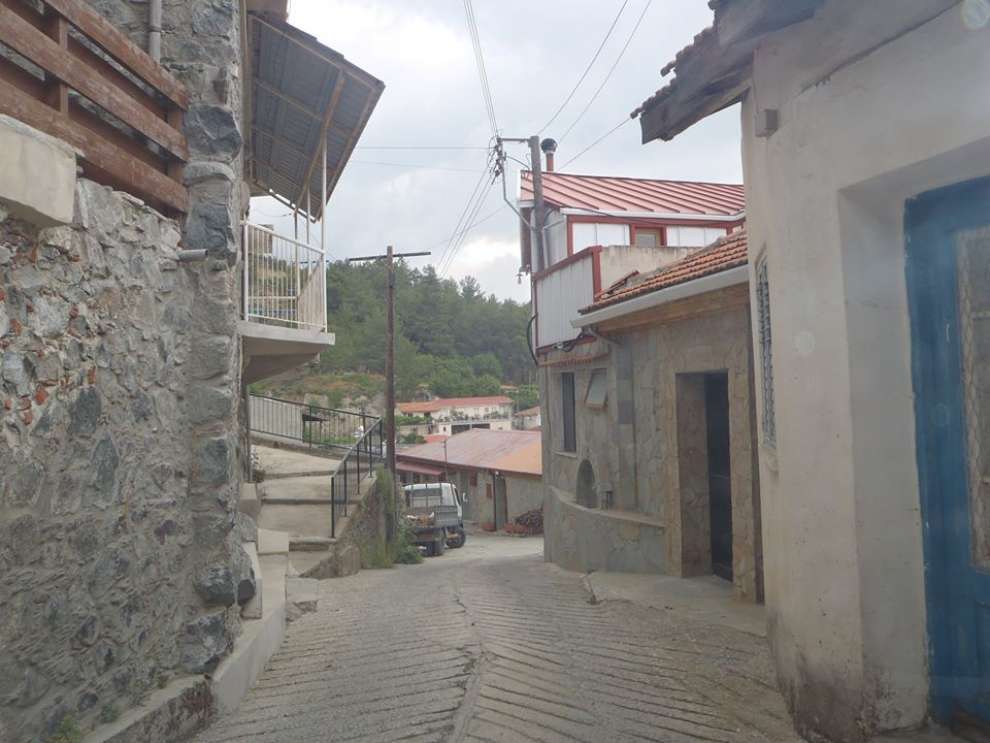 Φωτογραφία: George Papageorgiou
Φωτογραφία: George Papageorgiou
Οι Εκκλησίες του χωριού:
Στα Αγρίδια υπάρχουν δυο εκκλησίες αφιερωμένες στον Προφήτη Ηλία. Η κυρία εκκλησιά της κοινότητας άρχισε να οικοδομάτε το 1956 και ολοκληρώθηκε το 1960. Τα εγκαίνια της πραγματοποιήθηκαν το 1986. Πρόκειται για μια εκκλησία βυζαντινού ρυθμού.
Αξίζει να σημειωθεί ότι σύμφωνα με την παράδοση, σε μια τοποθεσία του χωριού, μεταξύ Αγριδιών-Αγρού, βρέθηκε η εικόνα του Προφήτη Ηλία. Τότε, οι κάτοικοι του Αγρού προσπάθησαν να τη μεταφέρουν στο χωριό τους, χωρίς όμως να τα καταφέρουν αφού ήταν πολύ βαριά. Στη συνέχεια, την εικόνα την μετέφεραν στα Αγρίδια στην κορυφή του «βουνού του Προφήτη Ηλία». Από κει πέταξαν ένα μυστρί και στο σημείο που έπεσε, οικοδομήθηκε η εκκλησία.
Στην κοινότητα επίσης υπάρχει και το μικρό βυζαντινού ρυθμού εξωκλήσι του Προφήτη Ηλία, με τοιχογραφίες τόσο στο εσωτερικό όσο και εξωτερικό του, κτισμένο σε ένα ψηλό λόφο. Το εν λόγω εξωκλήσι οικοδομήθηκε στα τέλη του 20ου αιώνα, το 1996.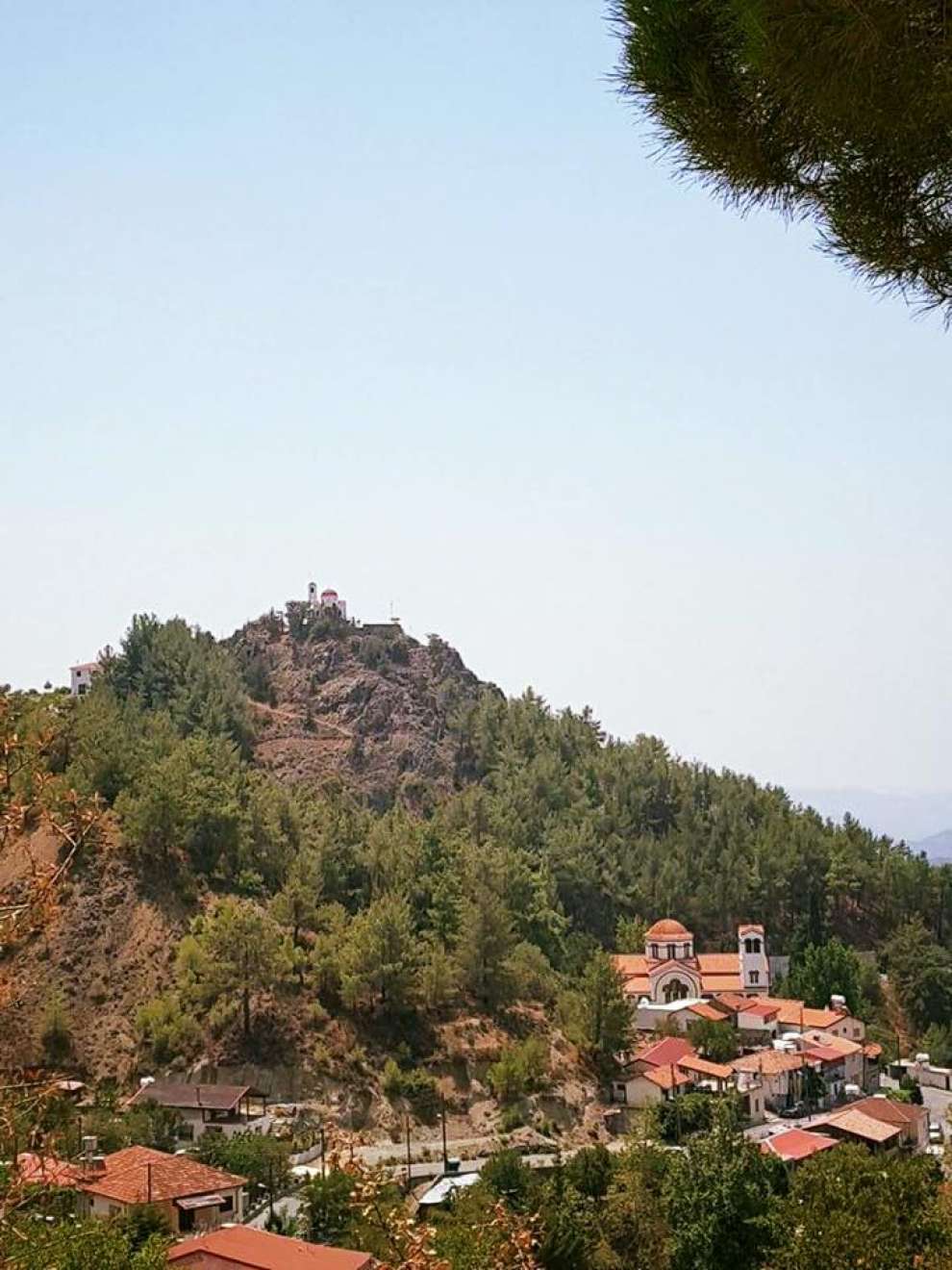 Φωτογραφία: Παναγιώτα Κωνσταντίνου
Φωτογραφία: Παναγιώτα Κωνσταντίνου
Αξιοθέατα Αγριδιών:
Επισκεπτόμενος κανείς την κοινότητα των Αγριδιών μπορεί να επισκεφτεί το εκκλησιαστικό μουσείο το οποίο στεγάζεται στο Γυναικωνίτη της εκκλησίας του Προφήτη Ηλία Αγριδιών. Σε αυτό υπάρχουν εκθέματα από την παλιά εκκλησία του Προφήτη Ηλία, του τέλους του 16ου αιώνα ή αρχών του 17ου αιώνα όπως το εικονοστάσι, τέλους 16ου αιώνα και αρχών 17ου αιώνα, η εικόνα Αγίας Παρασκευής, του 16ου αιώνα, ασημένια δισκοπότηρα, Άγιος Δίσκος και εξαπτέρυγα του 1878. Όπως επίσης και αξιόλογες εικόνες, σκεύη και άμφια.
Στο χωριό επίσης υπάρχει ένας παλιός Ελιόμυλος ο οποίος λειτουργούσε μέχρι την δεκαετία του εξήντα (1960). Το κτίριο του ελιόμυλοι, το οποίο βρίσκεται στην αυλή της εκκλησίας, αναπαλαιώθηκε και μετατράπηκε σε μουσειακό χώρο στο οποίο θα δει κανείς εργαλεία που χρησιμοποιούσαν οι παλιότεροι για την παραγωγή ελαιόλαδου.
Από τα Αγρίδια δεν θα έλειπε και το μνημείο ηρώων της Κοινότητας. Στην πλατεία του χωριού, θα αντικρίσει κανείς, το Μνημείο που είναι αφιερωμένο στους Σάββα Ροτσίδη και Χρίστο Τσιάρτα, αγωνιστές του απελευθερωτικού αγώνα κατά των Άγγλων, Ανδρέα Ματείδη, Σπύρο Πετούση και Χριστάκη Αργυρίδη, πεσόντες της τουρκικής εισβολής του 1974, και στους Μιχαλάκη Κυπριανού και Κωστάκη Βαλανίδη, αγνοούμενοι της τουρκικής εισβολής.
Σε ένα από τα πιο μαγευτικά τοπία του χωριού, κατάφυτο με πεύκα και αλλά δέντρα απλώνεται ένας πανέμορφος εκδρομικός χώρος, στο οποίο οι επισκέπτες μπορούν να απολαύσουν ηρεμία και να ψυχαγωγηθούν. Τέλος στο χωριό μπορεί να επισκεφτεί κανείς το φράγμα το οποίο κατασκευάστηκε το 1983.
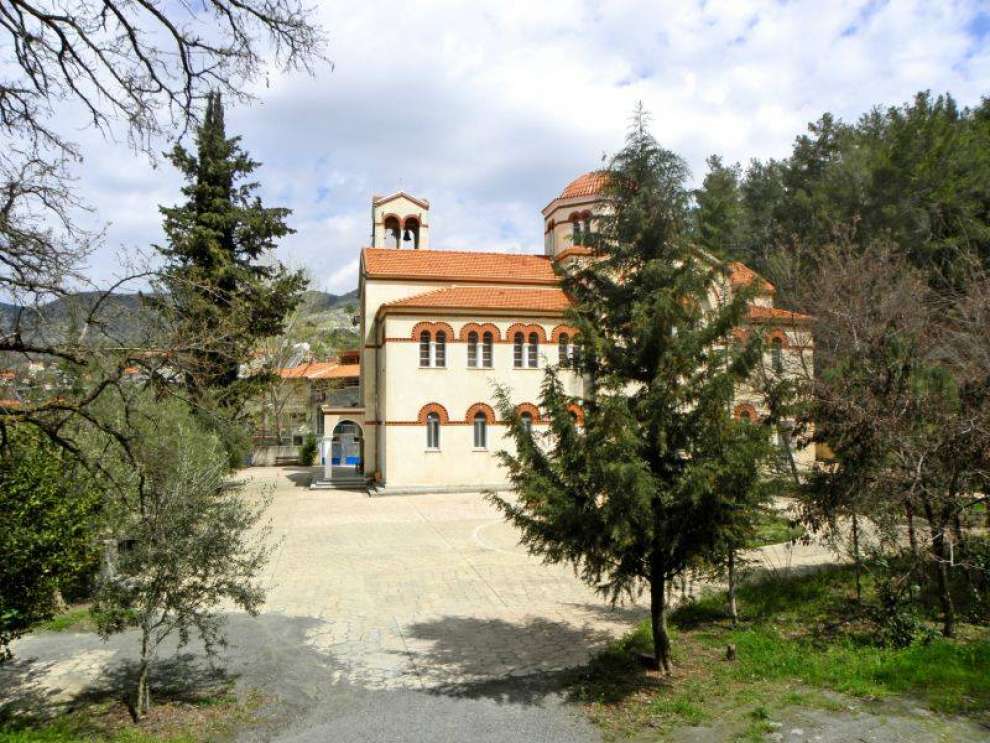 Φωτογραφία: Andreas Efstratiou
Φωτογραφία: Andreas Efstratiou
Οι καλλιέργειες των Αγριδιών :
Τα Αγρίδια σε όλη σχεδόν την έκταση τους έχουν αναβαθμίδες καλλιέργειας, στις οποίες καλλιεργούνται φρουτόδεντρα και λαχανικά. Στις πλαγιές των Αγριδιών υπάρχουν αμπέλια και αμυγδαλιές.
Για τον χάρτη της περιοχής πατήστε ΕΔΩ

 Ελληνικά
Ελληνικά
 English
English Русский
Русский



